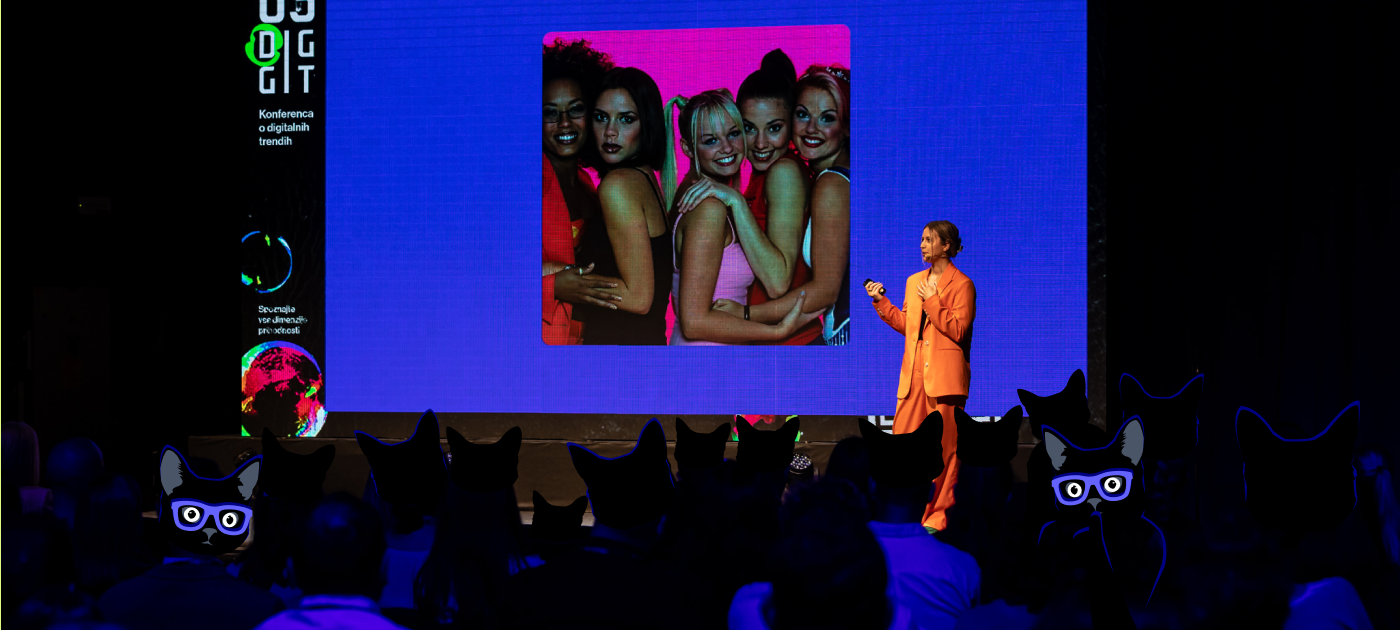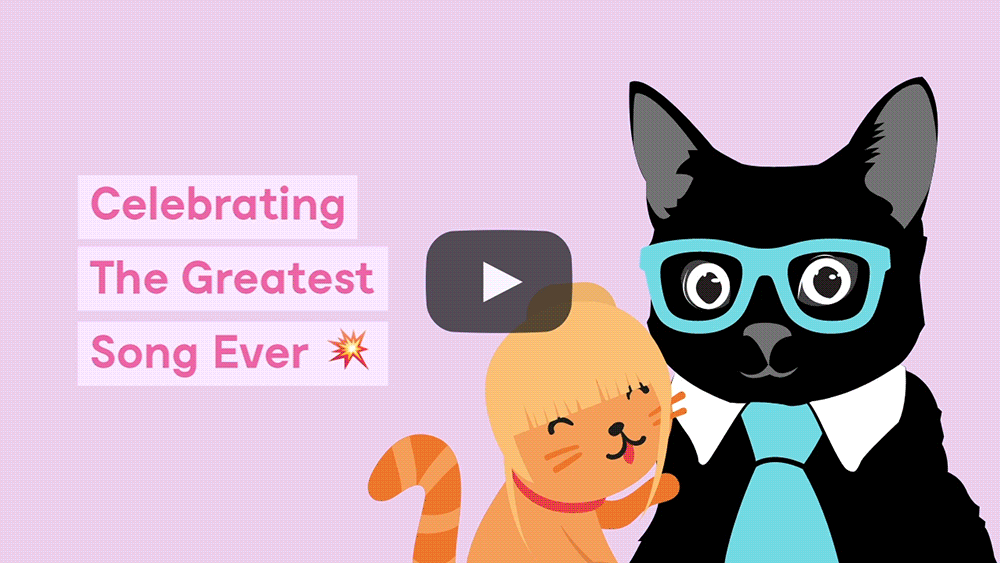From lackluster sales emails to unimaginative ads that interrupt our feeds to monotonous chat bots – our interactions with brands are plentiful. More often than not, they’re also uninspiring. Our days are filled with branded collateral clutter, but the likelihood is we will forget the lion’s share of it.
Why? Well, you likely know this quote from the late, great Maya Angelou:
I believe the radical theory that the same applies to brands.
What does this have to do with customer service, you ask? Well, your brand can influence everything you put out into the ether. Marketing defines the message, and if it’s strong enough, it should flow into every interaction your customer (or potential customer) has with your business. That includes sales, success, and support.
You’ve likely heard of product-led growth and sales-driven growth, but fewer consider brand-led growth.
What is brand-led growth?
Brand-led growth is the strategy of inspiring and attracting customers through a strong company personality and vision. By focusing on brand, marketing, sales, and support efforts unite to drive the business forward. A brand is not your logo, nor your font, or colors. It’s about how the company makes you feel.

Brand as bait
It’s no secret that people get attached to brands, which ultimately influences purchase decisions. It’s less to do with the actual product or service and more about the brand behind the product, embedded in every ounce of messaging.
Competitors Pepsi and Coke, Nike and Adidas, Apple and Windows rely on their branding to pull in their desired customer.
The latter- some of you may remember – was made famous with the ‘Mac vs. PC’ commercials. The commercial starred Justin Long as a young, casual, creative professional: exemplifying a Mac. John Hodgman was his counterpart – suited up and a little more behind the times: exemplifying a PC.
Apple was by no means the first to bring the personality behind the product to the fore, but they ushered it into the 21st century. Apple’s branding is built into its DNA – down to the CEO’s dress sense. Purchasing a Mac meant (and maybe still means) joining that tribe and making it part of your own branding.
You can copy ideas, you can copy features, but you can’t copy how the company makes you feel. Define how people perceive your company to drive new business and increase brand value – the opposite may occur if done wrongly or not at all.
In marketing, we think about how to get our products in front of the right people: those who are looking for a tool like ours, but also those not actively looking for anything. It’s no easy feat.
The Blandness of B2B
When people think of B2B growth, they too often get so focused on the ‘b’ that out goes creativity. What follows is a regurgitation of stock photos, primary blue, and a result mired in the corporate status quo. And what gets forgotten is that B2B is still person-to-person.
Start thinking of your business as having a personality, just as much as people do. It’s then easier to think of your audience, or customer, as a person too.
Doesn’t size matter?
Wait, you may think, all of the above companies mentioned are multi-billion dollar enterprises. And even Donald Miller, creator of the StoryBrand framework, recently made a statement:
But I rally against this opinion. Branding may not be easy to build, but it’s not impossible, and starting from scratch makes it organic.
Think about:
- How support talks to your customers.
- How active you are in your community.
- How your sales team approaches prospects.
- What unique, valuable resources you can offer.
Each contributes to the brand, and you can find your voice in each. Maybe it’s crazy stunts, or hyper-personalization, or an awesome mascot. You do you.
Think of what people like and try to capture their attention. When you start exploring ideas outside the box and get the whole team on the same page about this, that’s when magic starts to happen.
Klauspiration (inspiration, but make it Klaus)
Our platform isn’t about delivering run-of-the-mill customer service. It’s about meeting and surpassing customer expectations – in fact, 39% of our users have ‘going the extra mile’ as a category on their scorecards.
So why should we do anything run-of-the-mill?
You may have noticed that we shy away from cat puns as much as a cat shies away from a laser pen (that is, not at all). We embrace our style because we want our output to be interesting. We always bring it back to the customer, back to the purrson.
It’s crucial that users in your appropriate target group relate to your content. Connect on a personal level so you can sell something.
So, I’m a person. What do I like?
I’m a 90s girl, I like the Spice Girls.
Please imagine a drumroll right now, then click to play…
What started as an exercise in psychology (and nostalgia) turned into an attention-grabbing product campaign. Because other people like the Spice Girls, or they at least like a break from regurgitated copy and the shuffle of look-a-like graphics that often run through their feeds.
What’s the ROI?
In essence, the ROI of branding is that a strong brand attracts more customers, at a lower cost per acquisition, who are happy to pay a little more, and will buy a little more often.
However, for many people, even with marketing experience, the money spent on branding can feel like a bit of a black box. They know it is necessary to invest in building an attractive brand but aren’t always sure of the actual ROI.
The challenge of evaluating branding ROI faces companies of all sizes. In fact, it is perhaps even more of an issue for big brand giants with enormous marketing budgets precisely because they have so much riding on the effectiveness of their branding strategy.
Around 20% of the market capitalization of the top 500 companies consists of brand value.
The most insightful methods for measuring branding ROI are qualitative.
- You can measure brand awareness (through simple surveys)
- Role of brand in sales conversion (an A/B test in online marketing campaigns using the brand in one, and not the other)
- And brand recall (can be as simple as raising this as a question in a sales call)

Branding really is one of the smartest investments you can make when it comes to your business. So, make brand awareness one of your business KPIs and build real marketing tactics around it.
Great branding takes guts, strategy, intelligence and – sometimes – risk. But I promise you it’s worth it.
TLDR
So here’s a story from A to Z,
You’re doing B2B?
You’d better listen carefully,
Brands all over the place,
Who take up too much space,
With no personality,
When the key is actually
To be more free,
Take some risks and embrace crazy.
And as for Klaus?
Ah, you’ll see.



